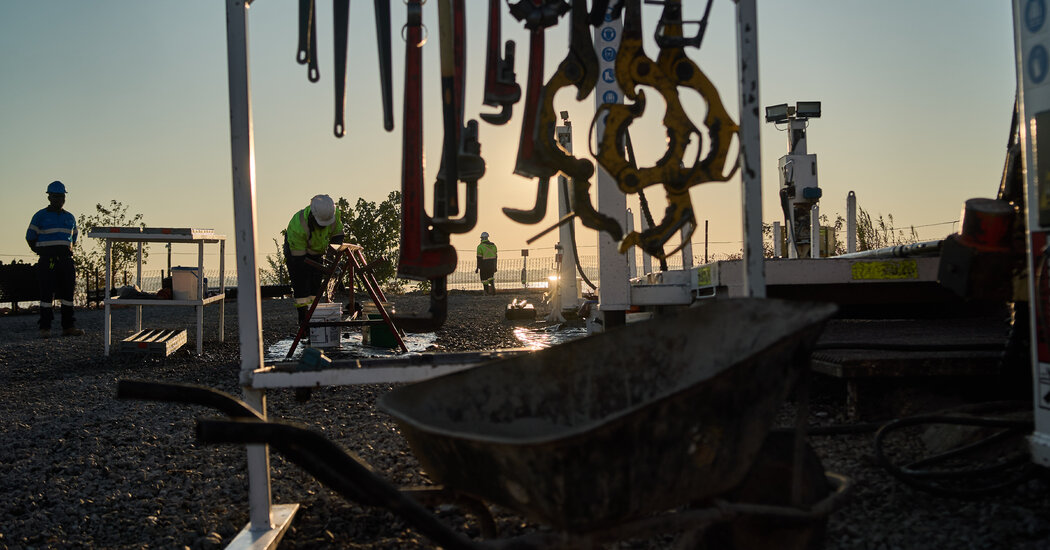Peering into their computer screens in California last year, the data crunchers watched a subterranean fortune come into focus.
What they saw transported them 10,000 miles across the world, to Zambia, and then one more mile straight down into the Earth. A rich lode of copper, deep in the bedrock, appeared before them, its contours revealed by a complex A.I.-driven technology they’d been painstakingly building for years.
On Thursday, their company, KoBold Metals, informed its business partners that their find is likely the largest copper discovery in more than a decade. According to their estimates, reviewed by The New York Times, the mine would produce at least 300,000 tons of copper a month once fully operational. That corresponds to a value of billions of dollars a year, for decades.
The New York Times also reviewed an independent, third-party assessment of KoBold’s claims, which, while slightly more conservative than KoBold’s own, largely corroborated the size of the deposit. In a statement, KoBold said it expected the value of the mine to grow because it had yet to map the full extent of its highest-grade ore.
It’s the first confirmed success for a company that hopes to radically transform the way we find metals critical not only to the tech industry but to the fight against climate change. The geopolitical significance is vast. KoBold’s find comes as the United States and China are increasingly clashing over global access to the minerals needed to manufacture clean-energy technologies.
KoBold originated half a decade ago in the belated realization among Silicon Valley’s barons of what lay ahead.
